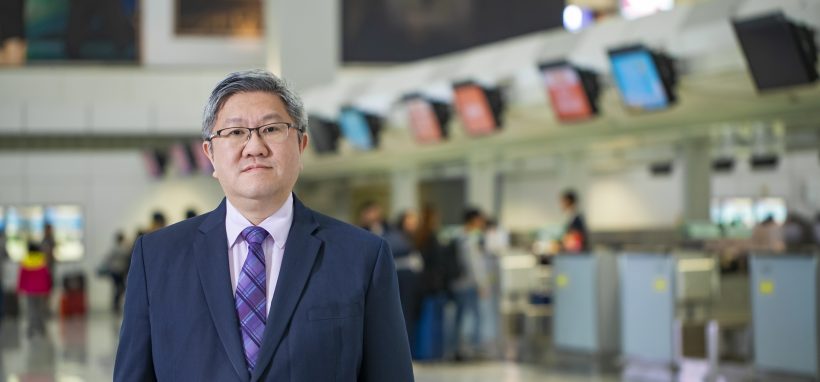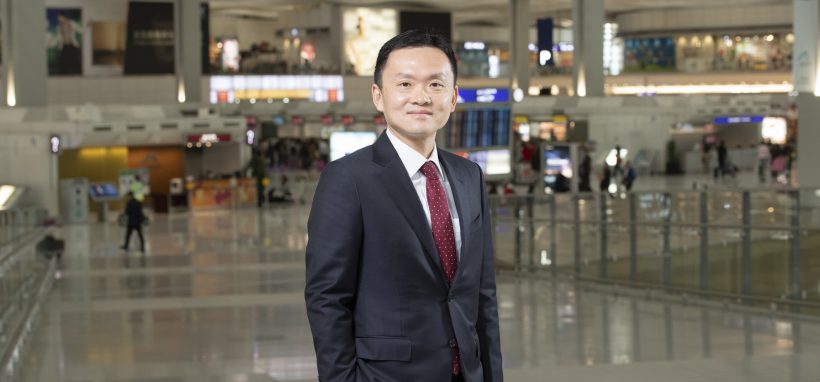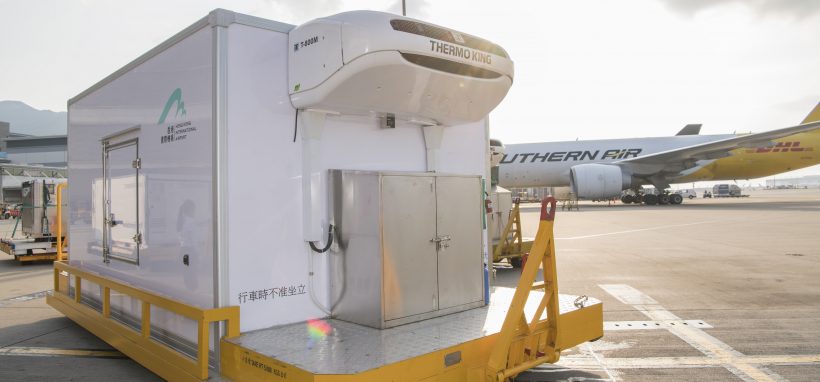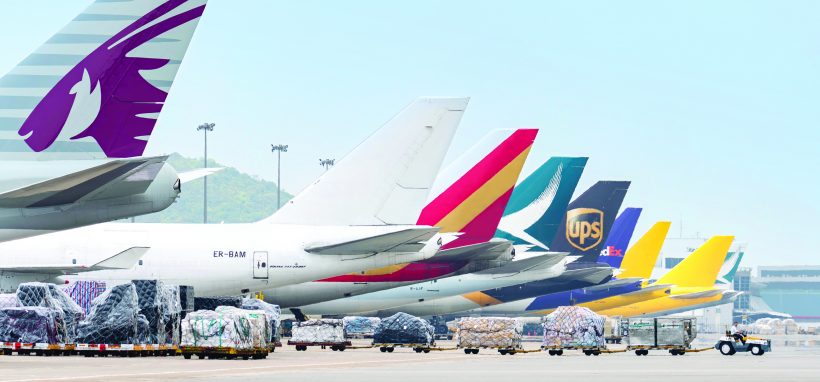Economic Contribution
HKIA is an international and regional aviation hub that plays a key role in positioning the city as a global financial, tourism and logistics hub. To further increase our economic contribution, we are committed to maintaining our cargo leadership position and transforming HKIA from a city airport into an “Airport City”.
HKIA generates substantial economic value for Hong Kong through aviation services and non-aviation businesses operating at the airport that generate employment and income. HKIA also has a wider catalytic impact on Hong Kong’s four pillar industries – financial services, trading and logistics, tourism, and producer and professional services – all of which rely heavily upon the efficient flow of people and goods made possible by the airport’s regional and international networks.
Employment at HKIA1
Total workforce at HKIA:
73,000
1 Source: HKIA Workforce Survey 2017. The analysis of the HKIA workforce by job category represents 82% (357 out of 434) of the companies responding to the 2017 Survey.
Procurement for daily operation in 2017/18:
Spend profile by type
Total value of procurement
HK$3.35 billion
Spend profile by geographical location of suppliers
Procurement for development projects in 2017/18
Spend profile by type
Total value of contracts awarded
HK$15.6 billion
Spend profile by geographical location of suppliers
Supporting Hong Kong’s economic pillars (2016 data)2
2 Source: 2016 data, Census and Statistics Department, HKSAR Government
Supporting external trade (2017 data)3
* “River” refers to transport by vessels in waters in the vicinity of Hong Kong, the Pearl River and other inland waterways in Guangdong Province and Guangxi Autonomous Region, which are accessible from waters in the vicinity of Hong Kong. “Others” include trade by hand-carried and parcel post.
3 Source: 2017 data, Hong Kong’s External Merchandise Trade Statistics, Census and Statistics Department, HKSAR Government
Attracting foreign businesses (2017 data)4
4 Source: ‘Report on 2017 Annual Survey of Companies in Hong Kong Representing Parent Companies Located outside Hong Kong’, Census and Statistics Department, HKSAR Government
HKIA is a global hub providing unparalleled connectivity to half the world’s population within five hours flying time, the best intercontinental connections in East Asia and extensive land and sea connections to cities throughout the Greater Bay Area (GBA).
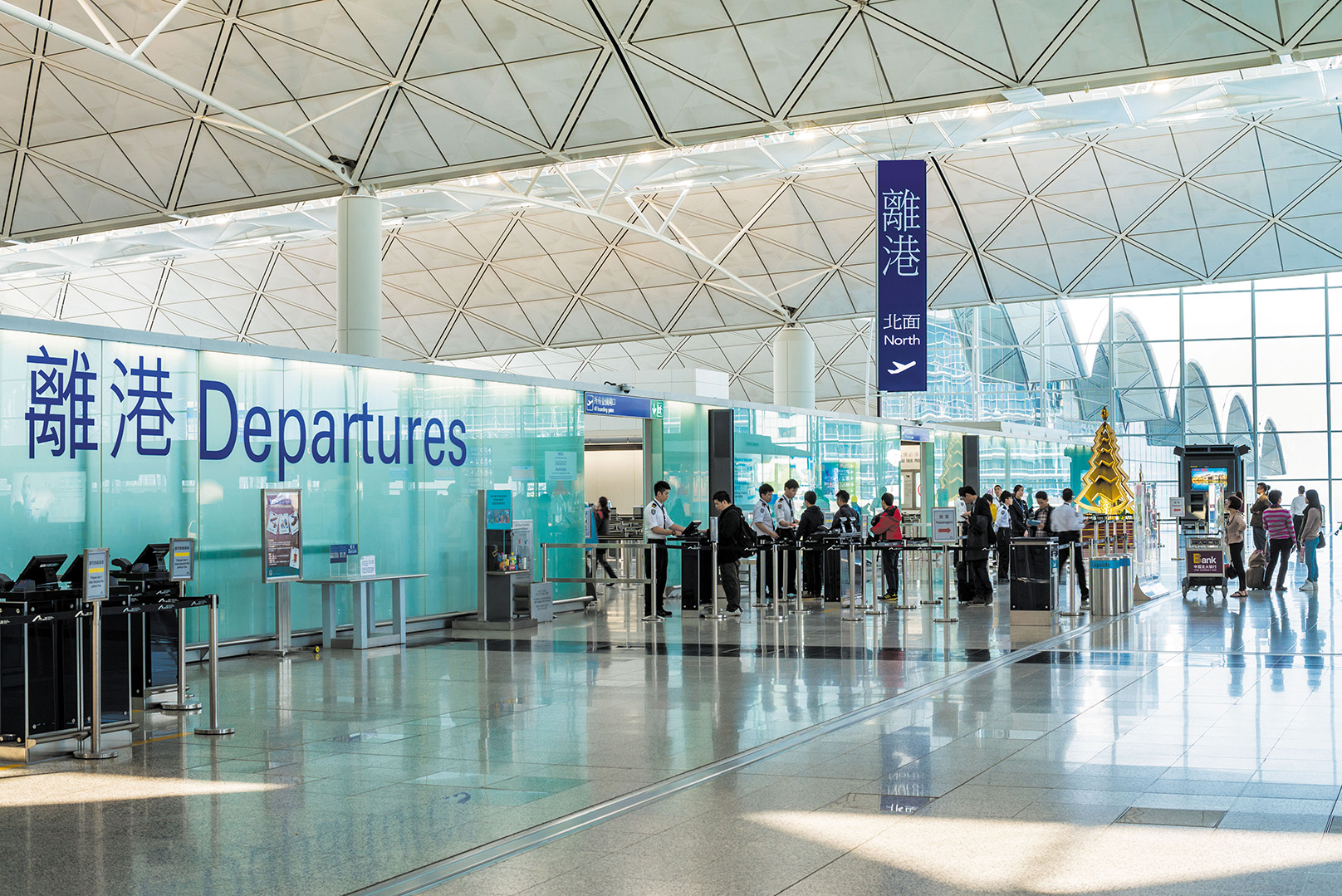
1. Air connectivity
When the airport moved from Kai Tak to Chek Lap Kok in July 1998, HKIA’s network comprised 120 destinations and 60 airlines. Today, over 100 airlines operate at HKIA, connecting Hong Kong to over 220 destinations worldwide.
In 2017/18, 13 new airlines began serving HKIA: Air Cargo Global, Air Japan, Air Seoul, CargoLogicAir, Hong Kong Air Cargo, JC (Cambodia) International Airlines, Lanmei Airlines (Cambodia), National Air Cargo, Shandong Airlines, Sky Gates Cargo Airlines, Small Planet Airlines, Virgin Australia International Airlines and Western Global Airlines. We also added nine destinations to our network: Christchurch, Prague, Sendai, Sihanoukville, Tokushima, Verona, Warsaw, Yuncheng and Zhangjiajie. The full list of destinations can be found in our Annual Report 2017/18.
2. Cross-boundary connectivity
As a multi-modal transport hub, HKIA offers land and sea connections to cities throughout the GBA. We continue to enhance our cross-boundary connectivity with the GBA to provide passengers with greater choice and more options.
In 2017/18, 4.6 million passengers utilised our cross-boundary services serving the GBA. A new package combining flights, ferry and land transportation into a single ticket was developed to offer a more seamless travel experience via HKIA. Ten new vessels were added to our ferry services, while larger and more luxurious vehicles were introduced into our limousine services. Two new remote city terminals were opened at Yitai Square and the Guangdong Yingbin Hotel in Guangzhou. The number of airlines participating in upstream check-in (UCI) service increased to 22. UCI allows passengers to check their baggage and obtain boarding passes at ferry ports and land points in the GBA prior to boarding a coach or ferry directly to HKIA for their flight.
The enhanced connectivity brought by the Hong Kong-Zhuhai-Macao Bridge (HZMB) will further strengthen HKIA’s role as a regional aviation hub. To capture these opportunities and offer passengers a seamless travel experience between HKIA and the western Pearl River Delta and Macao, we are building an Intermodal Transfer Terminal (ITT) adjacent to SkyPier.
Scheduled for completion in 2022, the ITT will be linked to the Hong Kong Boundary Crossing Facilities by a 360-metre bonded vehicular bridge that will eliminate the need for air passengers transiting through the HZMB to clear immigration in Hong Kong. The statutory Environmental Impact Assessment for the vehicular bridge has been completed and we obtained the Environmental Permit in August 2018. Construction of the ITT building started in December 2018 and that of the bonded vehicular bridge will commence in 2020.
HKIA remained the world’s busiest cargo airport for the eighth consecutive year. In 2017/18, HKIA became the first airport in the world to exceed the 5 million tonne mark, handling a record-breaking 5.1 million tonnes of cargo and airmail. In 2017, air cargo constituted less than 2% of Hong Kong’s total freight volume by weight5, but accounted for around 42% of Hong Kong’s total external trade value6. To reinforce our leading position, we are strengthening the role of HKIA as a high-value cargo hub and expanding our capacity to capture the potential of rapidly growing air cargo segments.
5Source: 2017 data, Summary Statistics on Port Traffic of Hong Kong, Transport and Housing Bureau, HKSAR Government
6Source: 2017 data, Hong Kong’s External Merchandise Trade Statistics, Census and Statistics Department, HKSAR Government
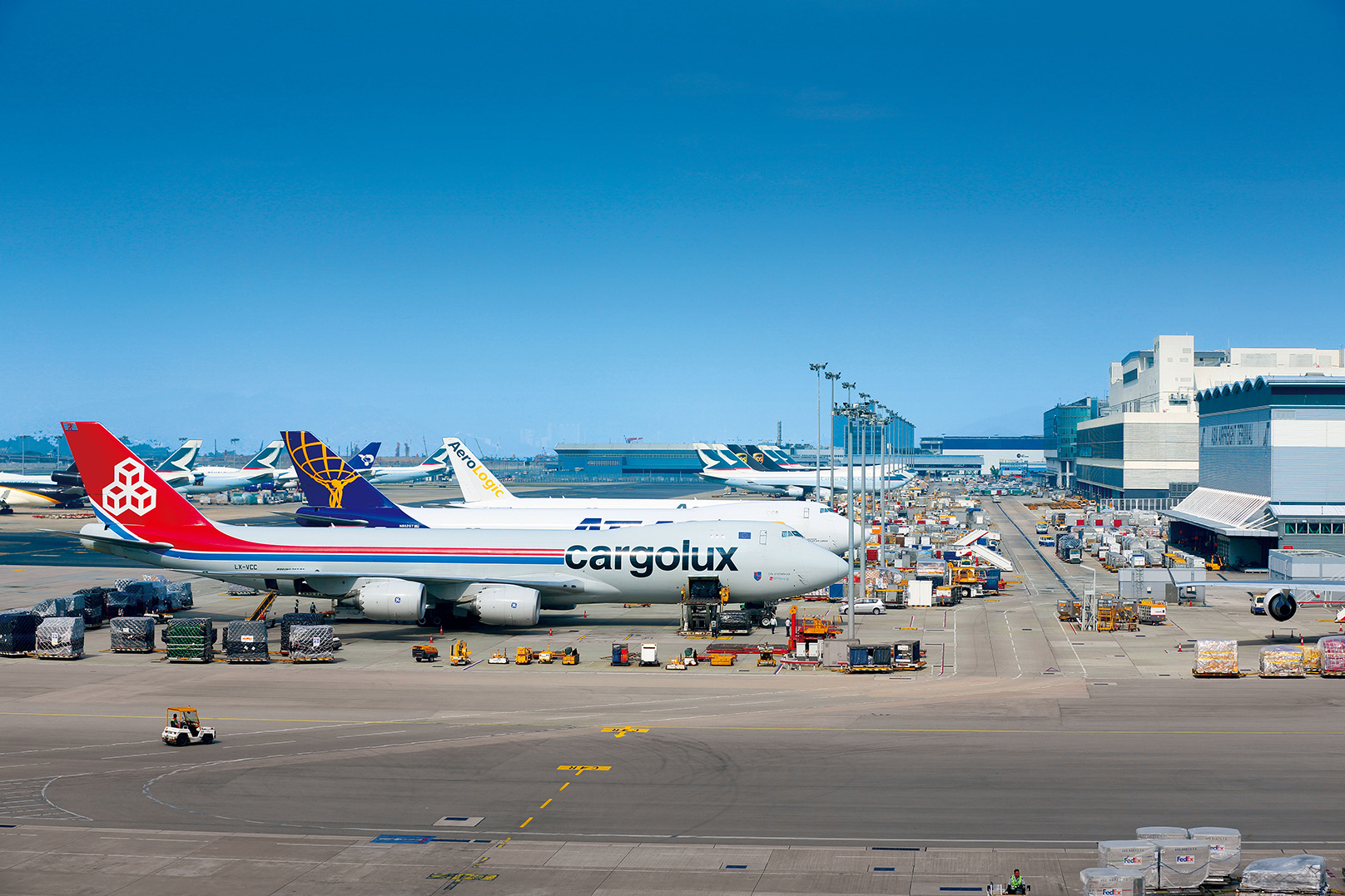
1. Temperature-controlled cargo
Our three cargo terminal operators (CTOs), three ramp handling operators (RHOs) and a home-based carrier achieved the International Air Transport Association (IATA)’s Center of Excellence for Independent Validators in Pharmaceutical Logistics (CEIV Pharma) Certification and HKIA was named as a CEIV Pharma Partner Airport.
Q&A with Eddie Chui, Assistant General Manager, Aviation Logistics, and Ian Kwok, Assistant General Manager, Aviation Logistics
What is the significance of achieving certification as an IATA’s CEIV Pharma Partner Airport?
“Shipping healthcare products by air requires special handling to ensure the shipment’s integrity across the air transport supply chain. Deviations from the strict temperature ranges prescribed by manufacturers may render the products harmful for patients and worthless. In order to ensure product quality and value is maintained, the Aviation Logistics Department has facilitated the three CTOs, three RHOs, and one home-based carrier to achieve the IATA’s CEIV Pharma Certification, a globally assured standard for pharmaceutical transportation by air in July 2017. HKIA has also been recognised by IATA as a CEIV Pharma Partner Airport. This airport-wide achievement of CEIV Pharma Certification gives the pharmaceutical manufacturers and distributors the confidence that their products are being handled professionally end-to-end within HKIA in accordance with the stringent industrial standards, and without any temperature excursion.”
How will it contribute to the development and competiveness of the air cargo and logistics industry in Hong Kong?
“Logistics is one of the four pillar industries supporting Hong Kong’s economy. In particular, the market for temperature-controlled pharmaceutical logistics has been showing strong growth with a compound rate of 12% per annum at HKIA over the period from 2014 to 2017.
In addition to the IATA CEIV Pharma Certification, we are implementing various measures to strengthen our ability to handle pharmaceutical shipments and make HKIA a preferred pharmaceutical transshipment hub. These include our investment in developing HKIA’s cold chain capabilities through the procurement of 21 air-conditioned cool dollies and construction of sheltered areas on the apron. Besides, we are working together with other CEIV Pharma certified airports, in collaboration with Pharma.Aero [an international platform connecting pharma shippers, CEIV cargo communities, airport operators and other air cargo industry stakeholders], to establish airport-to-airport pharma corridors, providing seamless and secure airfreight trade lanes for pharmaceutical products. ”
What are the key success factors to achieve the airport-wide certification?
“Collaboration amongst various stakeholders along the whole supply chain is the key success factor in achieving the airport-wide certification. In addition to the on-airport parties like the CTOs, RHOs and airlines, we have extended the coverage to engage the pharmaceutical manufacturers as well as the distributors in a cross-industry taskforce established in 2016. The taskforce served as a platform for our stakeholders to discuss how we can best serve fast-growing segments of the high-value cargo business. Besides, we have also engaged government departments, such as the Department of Health and the Customs & Excise Department, to streamline the licensing and declaration process for pharmaceutical products.”
How will the community benefit from better access to pharmaceutical products?
“Timely access to pharmaceutical products, such as medicine and vaccines, are critical to the well-being of everyone in Hong Kong and other communities around the world. Take for example the seasonal flu vaccination; efficient delivery and stringent temperature control are necessary to ensure the effectiveness of the vaccines when they are administered at a clinic. This is where aviation comes into play by providing safe, efficient, and reliable transportation services for pharmaceutical products.”
2. E-commerce market
With the proliferation of online shopping and to capture future business opportunities generated from cross-border e-commerce, HKIA is developing new facilities to enhance its handling capacity. These include the development of a 380,000 m2 premium logistics centre at Kwo Lo Wan in the South Cargo Precinct of HKIA and the expansion plan for the Central Asia Hub of DHL Express.
3. Transshipment
To facilitate the flow of transshipment cargo at HKIA, AAHK has been closely working with the HKSAR Government to examine facilitation measures. For example, the trade declaration fee is now capped at HK$200 instead of a percentage of the cargo trade value. This would further enhance the competitive edge of Hong Kong as a high-value cargo hub.
Strategically located at HKIA with enhanced connectivity through the Hong Kong-Zhuhai-Macao Bridge and Tuen Mun-Chek Lap Kok Link, SKYCITY is a 25-hectre integrated development comprising hotels, offices, and retail, dining and entertainment (RDE) facilities. Scheduled to open in phases from 2020 to 2027, it is set to transform HKIA from a city airport into an “Airport City” attracting locals and visitors from overseas, making the airport a destination in itself.
The first phase of SKYCITY to open will be a new 1,000 room hotel, which is currently being developed by the Regal Hotels Group. The second phase will be a 350,000 m2 commercial complex with retail, dining and entertainment facilities. A tender to develop and manage the RDE complex was awarded to Roxy Limited, a subsidiary wholly-owned by New World Development Limited.
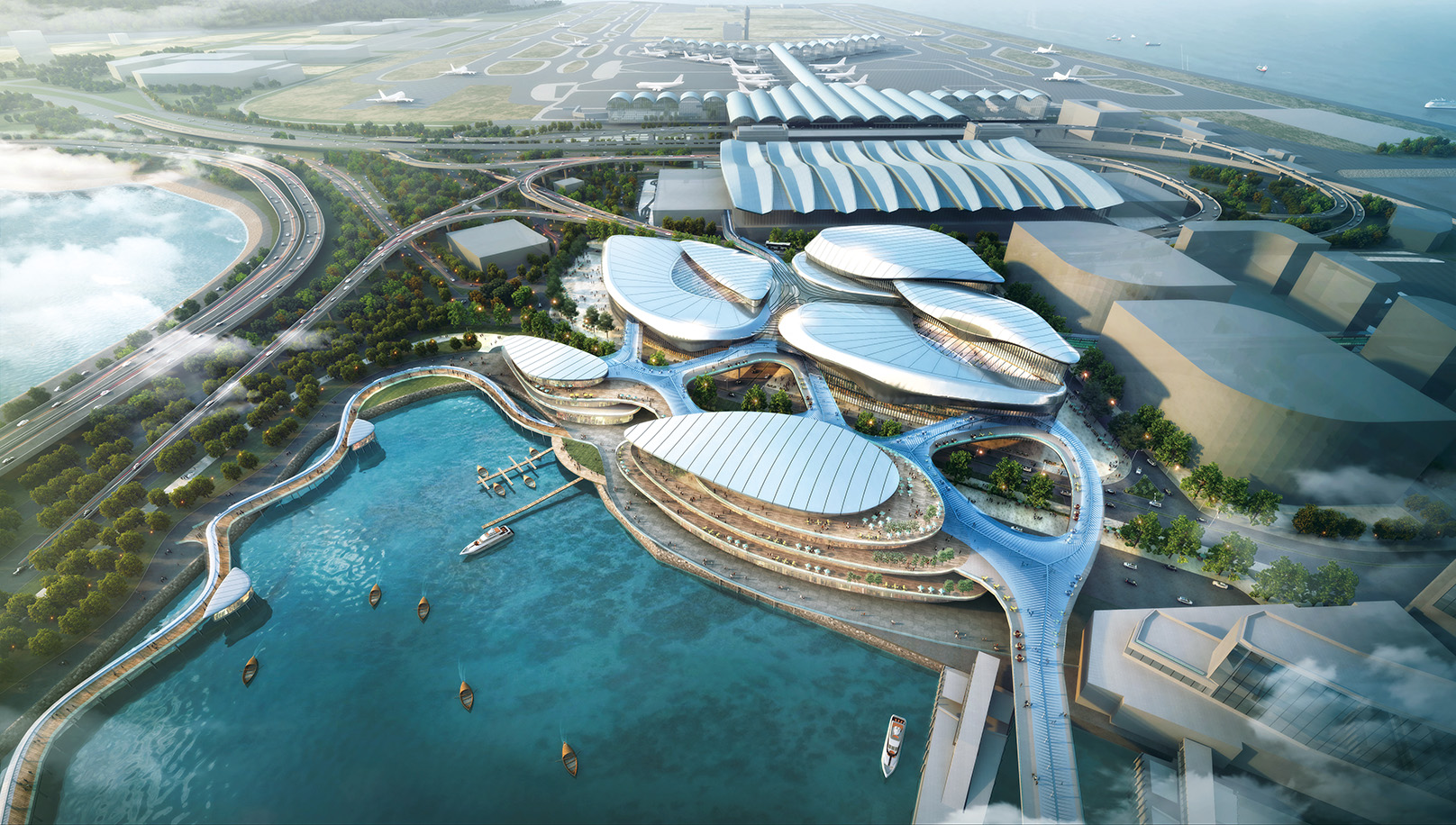
SKYCITY at a glance
| Phase 1 Hotel Development | Phase 1 RDE Development | |
|---|---|---|
| Site information | Total Permissible Gross Floor Area: 33,700 m2 |
Maximum Gross Floor Area: 350,000 m2 |
| Site information | February 2017 | May 2018 |
| Target completion date | 2020-2021 | 2023-2027 |

